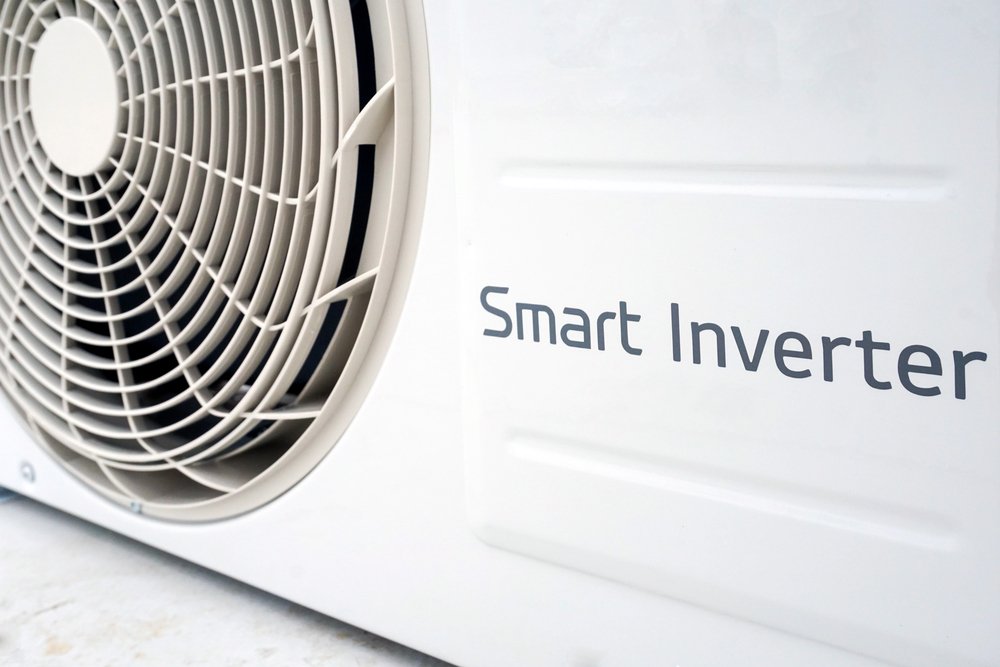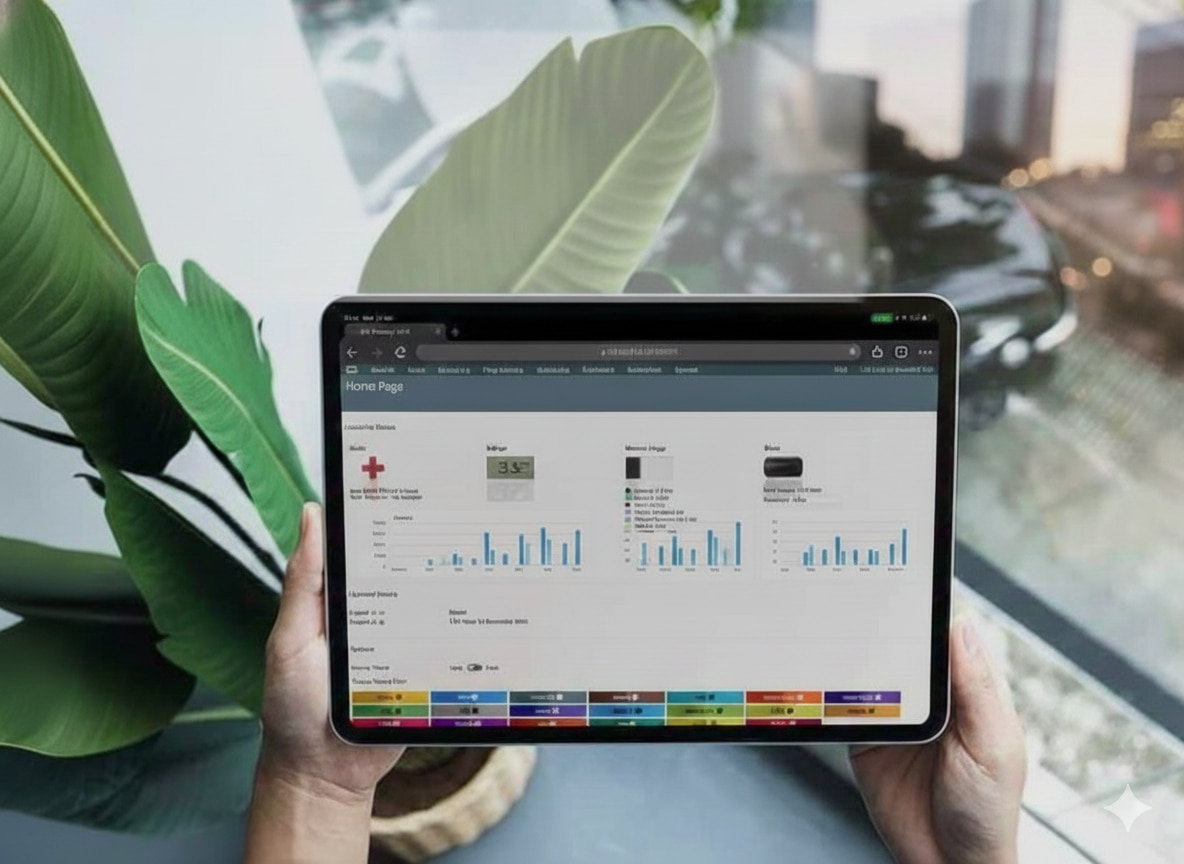If you’re living in Dunedin or anywhere in the Otago region, you’ve probably already felt the difference winter can make on your power bill and your home comfort. Many households rely on heat pumps to get through the cold season, but not all of them are performing the way they should. The problem? Most people don’t realise there’s a difference between standard heat pumps and those designed specifically for cold climates.
Some units are simply not built to handle freezing temperatures efficiently. That’s where cold-climate heat pumps come in. These systems are designed to maintain heating performance even when the mercury drops well below zero. But is it necessary for every home? The following explains how they differ, when they make the most sense, and what to look for.
Key Takeaways
- Cold-climate heat pumps are engineered to work efficiently in sub-zero conditions
- Many standard heat pumps underperform during Dunedin winters
- Homeowners may need one if their current system struggles, bills spike, or the home is in a frost-prone area
- Correct sizing and professional installation have a significant impact on performance
- A cold-climate model can improve comfort and reduce energy use across Otago homes
Cold-Climate Heat Pumps: What Sets Them Apart
Cold-climate heat pumps are high-performance systems made to operate efficiently when outdoor temperatures fall well below freezing. Standard models typically begin to lose efficiency around 5°C. By contrast, cold-climate systems are built to maintain output at 0°C and often even at minus 15°C.
Key design differences include:
- Inverter-driven compressors that adjust output to maintain consistent heat
- Advanced defrost systems that avoid performance drop-off during frosty conditions
- Enhanced refrigerants and coil designs to retain heat transfer at lower temperatures
These systems are built to function through cold snaps, sea fog, and frosty conditions common throughout Otago. If a standard heat pump is struggling in winter, it’s likely being pushed beyond its design limits.
What Happens When the Wrong System Is Installed
Standard heat pumps can underperform significantly during the coldest months. Common signs include short cycling, inconsistent warmth, and increasing electricity use despite similar usage habits. Some homeowners compensate with portable heaters, which drives up costs even further.
As temperatures fall below freezing, a standard heat pump may run longer but produce less heat. Outdoor units may freeze, leading to more defrost cycles and periods of no warm air inside. These issues not only increase discomfort but can shorten the unit’s lifespan.
Rising power bills and ongoing repairs often aren’t caused by the unit alone. Poorly maintained fireplaces and chimneys can create similar inefficiencies and risks, which are explained further in this guide to the hidden costs of skipping your annual chimney sweep.
5 Signs a Cold-Climate Heat Pump Might Be the Better Option
The unit struggles in July and August
A heat pump that produces lukewarm air or takes excessive time to warm a room likely isn’t sized or rated for local winter temperatures.
The property sits at elevation or in a frost-heavy zone
Areas like Wakari, Mornington, and North East Valley often experience heavier frosts. Homes in these suburbs are more likely to benefit from units built for colder climates.
Condensation and moisture issues persist
Inconsistent heating often leads to condensation on windows and dampness inside. More reliable heating reduces this moisture, helping prevent mould and other issues.
Large, older homes with minimal insulation
Many of Dunedin’s older homes have limited insulation. Larger living spaces require stronger, more consistent airflow to maintain comfort.
The household uses supplementary heating in winter
Regular reliance on backup heaters may indicate the main heat pump isn’t doing the job. A cold-climate model could provide a more efficient solution.
Comparing Models That Perform in the Cold
Several brands promote cold-weather performance, but not all meet the mark in real-world Otago conditions. Trusted options include Mitsubishi’s HyperCore series and Fujitsu’s Premier Plus line.
When reviewing units, check for:
- Rated heating capacity at 2°C, 0°C, and minus 7°C
- Minimum outdoor operating temperature
- Verified performance charts or EECA endorsements
Avoid relying solely on brochures. Request performance data specific to New Zealand testing environments. A product may be rated efficiently overall but still lose capacity in actual cold conditions.
For guidance on specific models, take a look at this breakdown of choosing the right heat pump brand for Dunedin homes, which compares leading options suited for local conditions.
Sizing and Placement Make a Measurable Difference
The effectiveness of a cold-climate heat pump depends not only on the model but also on correct installation and sizing. An oversized unit may short-cycle, reducing its lifespan and heating unevenly. An undersized one will be overworked and less efficient.
Insulation levels, ceiling height, floor materials, and room layout all affect capacity requirements. A weatherboard home in Mosgiel has very different needs than a newer home in Green Island. Placement of indoor units also matters. Floor consoles can push warm air more effectively across larger spaces than wall-mounted models, especially in open-plan homes.
Some properties benefit from multi-split systems, where multiple indoor units are connected to a single outdoor system. This approach works well for larger homes or those with additional rooms.
Local Advice Matters More Than Retail Sales
Retailers often push what’s in stock or what offers higher margins, without properly assessing the home or climate. This can result in poor performance and higher running costs.
Professional installers with experience in Dunedin and Otago conditions can provide more accurate assessments. They account for the climate, building type, and orientation when recommending a model. Good advice includes analysis of airflow, sun exposure, and even common weather patterns in the specific suburb.
A cold-climate heat pump only works as intended if it’s the right size, in the right place, and installed with proper airflow design.
What to Expect When It’s Working as It Should
Cold-climate heat pumps improve more than just comfort. They also offer economic and health-related benefits:
- Faster warm-up during frosty mornings
- Stable indoor temperatures throughout the day
- Lower energy bills due to greater efficiency
- Drier indoor air with less condensation and mould
- Quieter, more consistent operation without the need for backup heating
Many homeowners notice better sleep quality and air clarity after upgrading to a more capable system. Over time, the reduced load and improved performance result in lower maintenance and longer system lifespan.
Is a Cold-Climate Heat Pump Worth the Investment?
For homes in Otago, especially those in areas prone to frost or with older construction, the difference can be significant. A cold-climate heat pump maintains warmth when standard units fall short. This reduces stress on the system and improves day-to-day comfort.
With better energy efficiency and improved airflow, the long-term cost savings often outweigh the initial investment. For homeowners experiencing issues each winter, this kind of upgrade can deliver year-round benefits.
Installing the right system, in the right home, with the right setup is key. Cold-climate heat pumps meet that standard where lesser models cannot.


